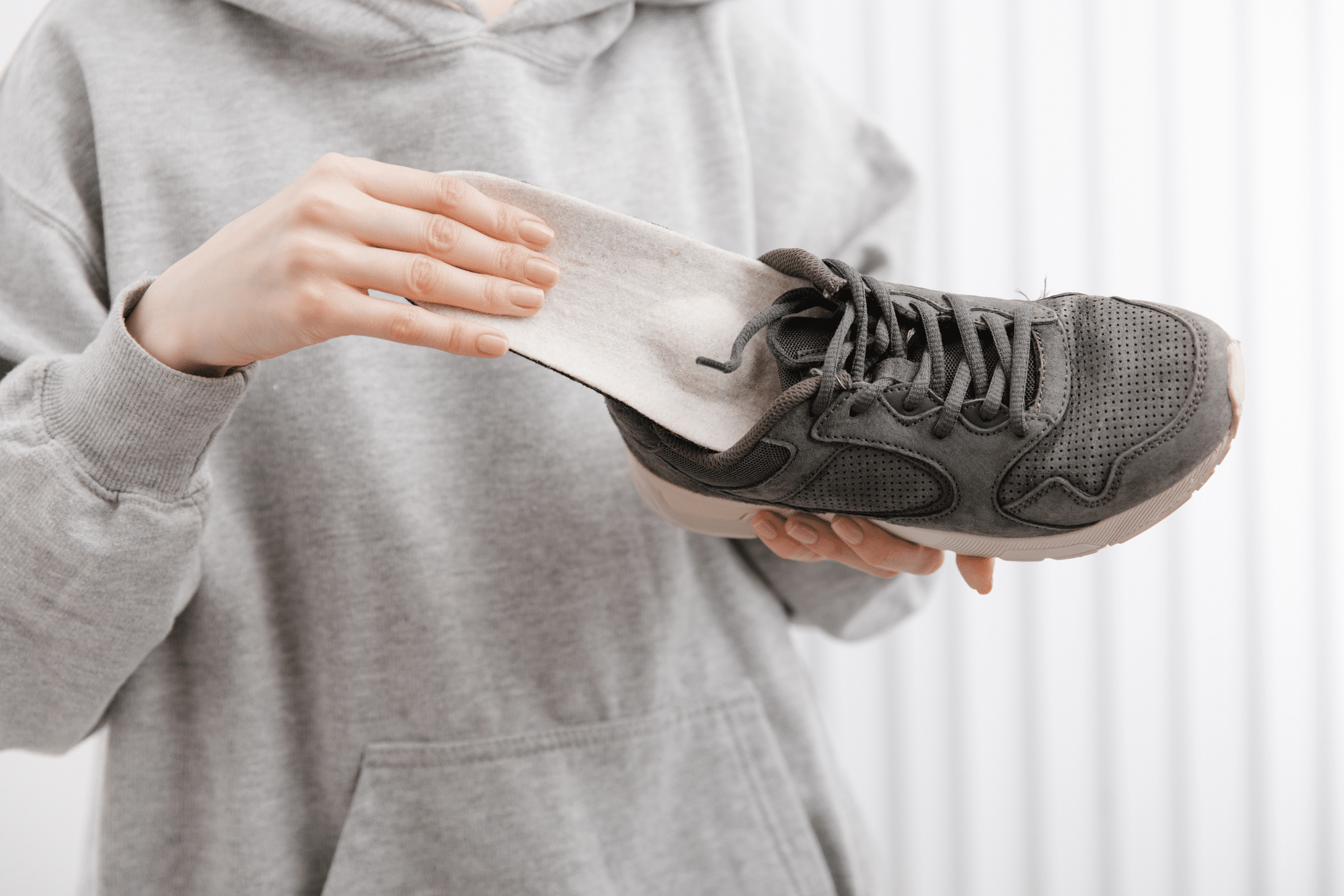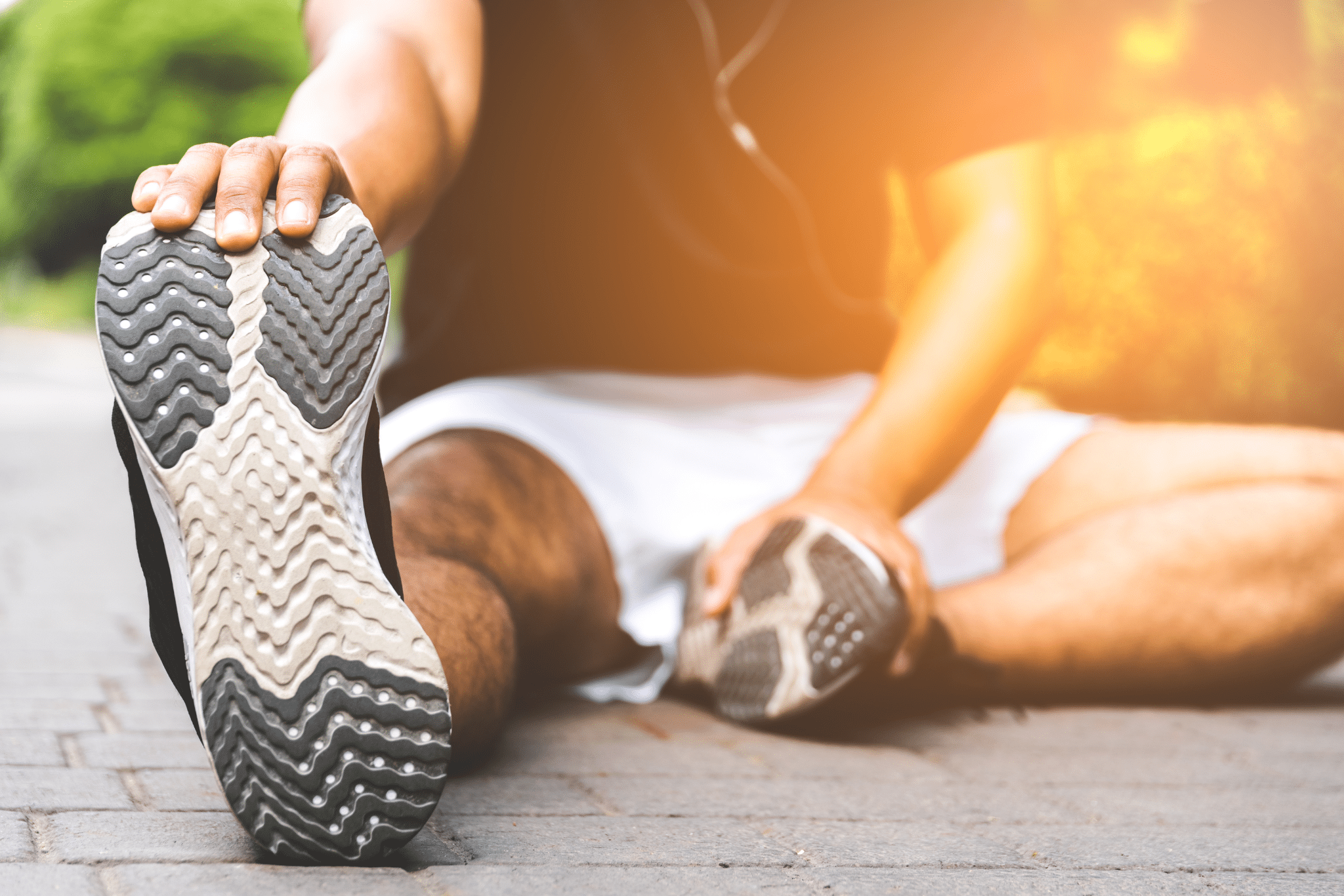Non-Surgical Solutions for Hammertoes: 5 Effective Treatment Approaches
Hammertoes are a common foot deformity where the toe joints bend abnormally, typically affecting the second, third, or fourth toes. While surgical options are available, early intervention with non-surgical treatments can be highly effective in managing and preventing further progression. This article outlines five effective non-surgical solutions for hammertoes to help you find relief and avoid surgical intervention.
Importance of Early Intervention
Addressing hammertoes early is crucial to prevent progression, reduce discomfort, and avoid surgery. Early treatment can prevent further complications like corns, calluses, and joint stiffness. If you notice any signs of hammertoes, such as toe bending or discomfort, it’s essential to take action promptly.

Custom Orthotic Inserts: Foundation for Support and Alignment
Custom orthotic inserts are specialized devices designed to provide support, redistribute pressure, and correct foot imbalances. They are often custom-made based on your foot shape and specific needs.
Benefits of Custom Orthotic Inserts
- Proper Alignment: Orthotic inserts promote proper foot alignment, which can help correct hammertoes.
- Reduced Pain: By redistributing pressure, orthotics can relieve pain and discomfort.
- Prevention of Further Deformity: Custom inserts can prevent hammertoes from worsening by providing stability and reducing strain on the toes.
If you’re interested in custom orthotics, consult our experienced podiatrists to get the best fit for your feet. This is especially useful for those with underlying conditions that contribute to foot imbalances, such as high arches or flat feet.
Optimal Footwear: Finding Comfort and Relief
Selecting the right footwear can significantly impact hammertoes’ comfort and progression. It’s important to choose shoes that accommodate your foot shape and provide enough space for your toes.
Selecting Appropriate Shoes
- Wide Toe Box: Shoes with a wider toe box give your toes room to move without being cramped.
- Low Heels: High heels can exacerbate hammertoes, so opt for low or flat heels.
- Adequate Cushioning: Cushioning can reduce pressure on your feet and provide a more comfortable walking experience.
Importance of Fit
Proper shoe fit is crucial to avoid friction, reduce pressure on toes, and enhance comfort. Ensure there’s enough space for your toes to wiggle, and the shoes don’t squeeze your feet.
Toe Exercises: Strengthening and Flexibility for Toe Health
Toe exercises can help strengthen toe muscles, improve flexibility, and reduce stiffness. These exercises can be done at home and are effective in preventing hammertoes from getting worse.
Exercise Regimen
- Toe Stretches: Gently stretch your toes to improve flexibility.
- Toe Curls: Curling exercises can strengthen toe muscles.
- Toe Yoga Poses: Specific yoga poses can help improve toe mobility.
Benefits of Toe Exercises
- Enhanced Muscle Strength: Strengthening the muscles around your toes can prevent further deformity.
- Promoting Joint Mobility: Regular exercises can keep your toes flexible and reduce stiffness.
Incorporate these exercises into your daily routine for best results.
Supportive Devices: Splints, Pads, and Protective Measures
Supportive devices like toe splints, crest pads, and gel cushions can help realign toes, reduce friction, and alleviate discomfort. These devices can be used in conjunction with orthotic inserts and proper footwear.
Splints and Pads
- Toe Splints: Designed to realign toes, reducing the bend associated with hammertoes.
- Crest Pads: Used to support the underside of the toes, providing additional cushioning.
- Gel Cushions: Gel-based pads that can reduce friction and discomfort.
Protective Measures
- Padding Techniques: Padding can protect hammertoes from irritation caused by shoes.
- Toe Taping: Methods to keep toes in place and minimize friction, helping to prevent corns or calluses.
Lifestyle Modifications: Integrating Foot Care Practices
Lifestyle modifications can be key to managing hammertoes. A daily foot care routine, along with strategies to prevent aggravating factors, can go a long way in preventing the condition from worsening.
Foot Care Routine
- Moisturizing: Keeping your feet moisturized can prevent dry skin and calluses.
- Proper Trimming of Nails: Avoid trimming nails too short or at an angle, which can exacerbate hammertoes.
- Regular Inspection of Feet: Check your feet regularly for any signs of irritation or changes in toe alignment.
Prevention Strategies
- Avoid High-Impact Activities: Activities that put stress on your toes, like running, should be limited.
- Avoid Tight Footwear: Tight shoes can worsen hammertoes, so opt for wider options.
- Limit Prolonged Standing: If you must stand for extended periods, take breaks and shift your weight periodically.

Recap and Encouragement
By implementing these non-surgical approaches, you can manage hammertoes effectively and reduce the need for surgical intervention. It’s essential to contact our office to get personalized treatment recommendations. If non-surgical solutions aren’t working, don’t hesitate to seek professional help.
If you’re experiencing significant pain or discomfort, seek medical advice to ensure you’re receiving the best care for your condition. Early intervention and consistent care can make a significant difference in managing hammertoes and maintaining foot health.
If you’ve tried these non-surgical approaches and still experience pain or discomfort, schedule an appointment today! We can provide more specific recommendations and discuss surgical options if needed.
Hammertoes can be managed with non-surgical solutions, and early intervention is key. By focusing on custom orthotic inserts, optimal footwear, toe exercises, supportive devices, and lifestyle modifications, you can improve your foot health and reduce the risk of surgery. Implement these strategies and maintain regular foot care to keep your feet healthy and comfortable.
